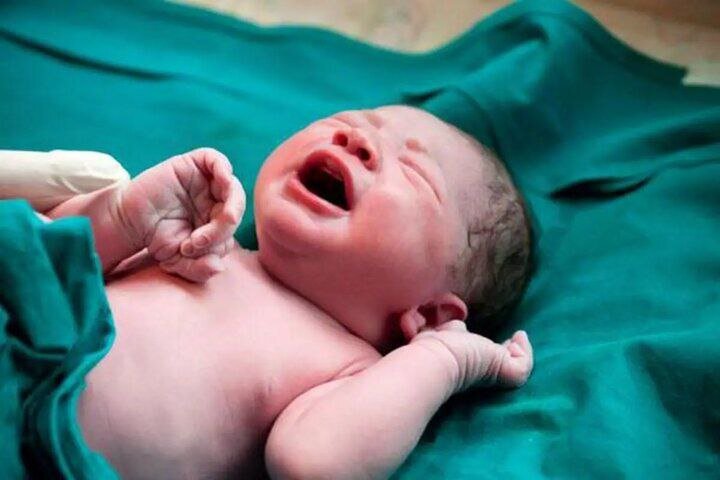Over 214,000 births registered in three months

TEHRAN – A total of 214,223 births were registered in the country in the first three months of the current Iranian calendar year that started in March 2025, the Civil Registration Organization has announced.
Baby boys and girls accounted for 11,238 and 102,985 births, respectively, Mehr news agency quoted Hashem Kargar, an official with Civil Registration Organization, as saying.
Out of the registered births in spring, 4,202 were twins, 120 were triplets, and five were quadruplets, the official added.
The average age of women in Iran giving birth to their first child stands at 27.5, and the average age at which men become fathers is 32.5, Kargar noted.
During the same period, more than 129,000 marriages were registered across the country; the average age of first marriage was 28.4 for men and 24.1 for women, the official further noted.
National population week
National Population Week was observed from May 14 to 20 under the theme ‘children, life assets’.
This year, the days of the week were named as follows: Wednesday, May 14, ‘Father, mother, good sense of life’; Thursday, May 15, ‘Motherhood, elixir of youth’; Friday, May 16, ‘Desiring a child’; Saturday, May 17, ‘My lonely child’; Sunday, May 18, ‘I want to stay alive’; Monday, May 19, ‘My life in old age’; Tuesday, May 20, ‘Child-friendly society.’
Enacting the youth population law has stabilized the total fertility rate, slightly increasing the general fertility index over the past two years. After experiencing seven years of decline by about 20 percent, the fertility rate is now stabilized at around 1.6.
The total fertility rate has experienced a sharp decline since the Iranian calendar year 1394 (2015-2016), as the number of births reached 1.057 million in 1402 (2023-2024) from 1.570 million in 1394. However, since the Iranian calendar year 1401 (March 2022–March 2023), the downward trend in fertility came to a halt.
However, it has intensified concerns over the decreasing trend in population growth in the coming years, and the probability of turning Iran into one of the oldest countries in the world, IRIB quoted Mohammad-Javad Mahmoudi, an official with the Civil Registration Organization, as saying.
“At best, Iran’s population with a total fertility rate of 2.5 will reach 102,890,000 by the next seven years,” Mahmoudi said.
An important factor contributing to lower birth rates in the country is the cost of living. Indeed, due to the high inflation rate and the expensive real estate sector, many families are choosing to have a smaller family size. The current one-child trend is prevalent in many young Iranian families, many of whom also have to support their aging parents.
Delayed marriage, along with extended intervals between childbirth, is another factor.
Many incentives have been introduced to encourage childbearing by the Iran Welfare Organization and the Ministry of Health.
However, the rate of population aging is growing rapidly in Iran. According to a recent report, Iran is expected to enter a phase of population aging between 2041 and 2046, with nearly a third of the population being aged 60 and older by 2050, Press TV quoted Mehdi Malmir, an official with the National Population Headquarters, as saying.
The number of Iranians aged 65 and older is currently at 7.5 million, accounting for less than 10 percent of the country’s total population.
MT/MG
Leave a Comment